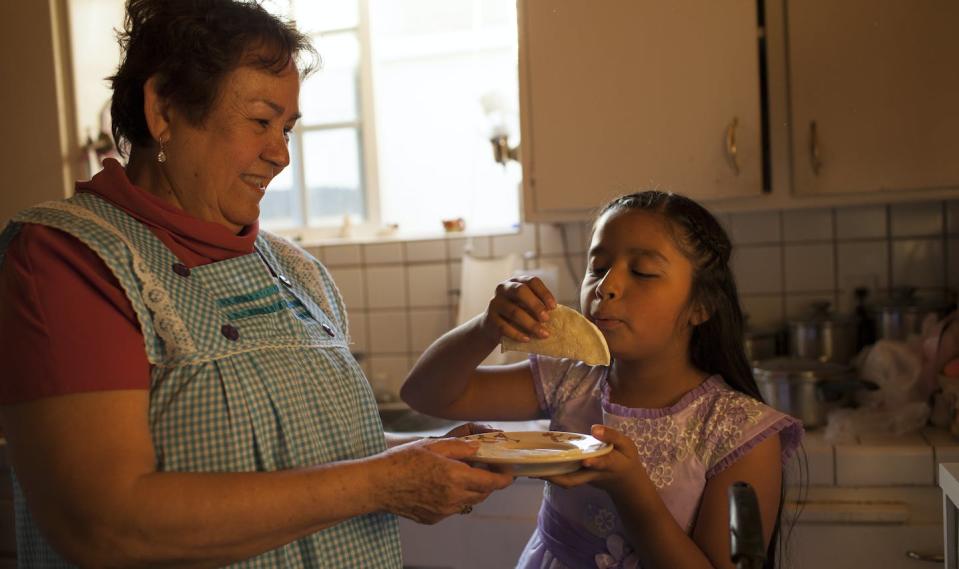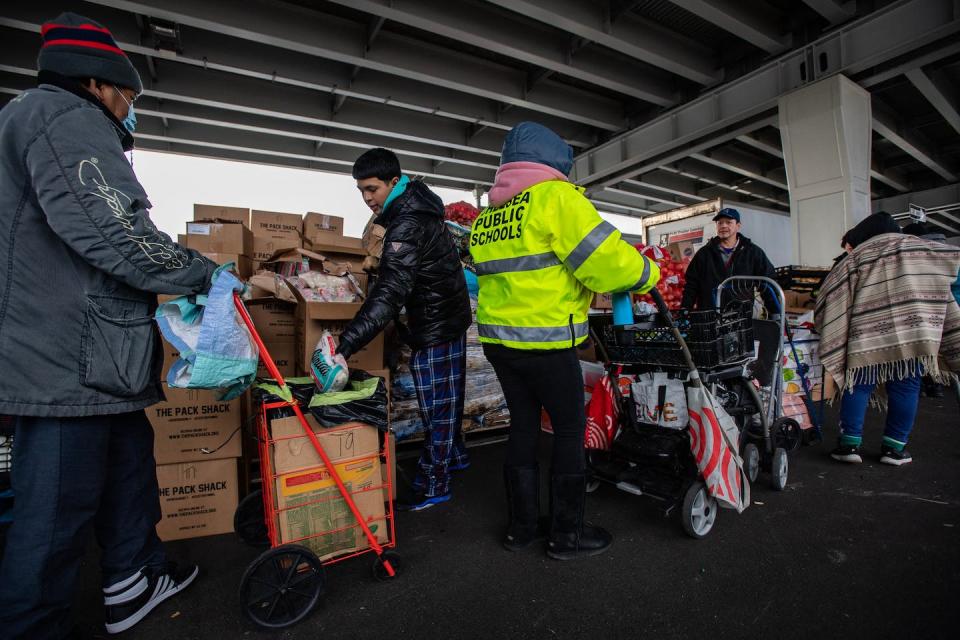There’s a financial literacy gender gap − and older women are eager for education that meets their needs

Every day, families across the U.S. have to make difficult decisions about budgeting, spending, insurance, investments, savings, retirement and on and on. When faced with these choices, financial literacy – that is, knowing how to make informed decisions about money – is key.
Yet, Americans in general aren’t very financially literate. And recent research suggests women are less financially literate than men, regardless of their schooling, income or marital status.
As a social scientist who studies aging and the social safety net, I recently took part in a large analysis of older women’s financial literacy. My team and I found that men’s financial literacy scores were 25% higher than women’s on average, even though the two groups showed no difference in math skills or overall cognitive ability.
Black and Hispanic women saw an even greater financial literacy gender gap, with scores that were, on average, 40% to 45% lower than those of white, non-Hispanic men.
Why financial literacy matters later in life
This gap is a big problem, especially as women approach older age. Because they tend to live longer – almost six years more than men, according to the latest figures – and leave the workforce earlier, women face longer retirements.
And when they reach retirement age, women often have inadequate savings, in part because they face more family-related career interruptions and are concentrated in lower-paying jobs.
Consider that in 2020, women who worked full time earned a median of US1 a week, versus men’s

The federal government has conducted the U.S. Household Food Security Survey Module for more than 25 years. The data collected annually from about 50,000 U.S. households helps form estimates of the scale of food insecurity – not having access to enough food for a healthy life – at the national and state levels.
But the way Latino parents respond to some of the questions in the annual U.S. Department of Agriculture survey used to measure food insecurity doesn’t always reflect their true experiences. We published this finding in a special October 2023 issue of the Journal of the Academy of Nutrition and Dietetics.
Our team, which included development sociologist Christian DiRado-Owens, conducted a study in California, New York and Texas, using surveys and interviews to help the USDA assess the accuracy and acceptability of these questions among Latino families.
Many of the responses to the survey questions didn’t align with more detailed descriptions of the personal situations of the people we interviewed. When asked to explain their answers, many of them found it easier to talk about how they managed or coped with food insecurity than to respond to questions about how often they worried about or were not able to feed their families as they wished.
Room for improvement
Student researchers asked 62 Latino parents and caregivers the questions from the U.S. Household Food Security Survey Module, letting them select either the English or Spanish version. For half of the 18 questions, people need to answer “often,” “sometimes” or “never.”
For example, the first statement is:
(I/We) worried whether (my/our) food would run out before (I/we) got money to buy more. Was that often true, sometimes true, or never true for (you/your household) in the last 12 months?
The rest are “yes” or “no” questions, such as:
In the last 12 months, since last (name of current month), did (you/you or other adults in your household) ever cut the size of your meals or skip meals because there wasn’t enough money for food?
After people completed the survey, interviewers prompted them with open-ended questions to elaborate further. This approach allowed participants to give feedback about the survey and share their thought processes about their responses.
We found that comprehension of the English words or the Spanish translation of these questions wasn’t the main issue. Rather, the way the questions were written could be improved.
For instance, when asked how often they skipped meals or reduced the size of meals, some of the people we interviewed answered “never.” But they went on to describe how they often prepared significantly smaller meals. In some cases, they recounted having eaten a small snack instead of a meal.
In addition, some of the people who responded that they could always afford enough food for their families later shared how they regularly relied on food pantries and similar programs designed for intermittent or emergency use. While their answers showed a commitment to feeding their families, they did not align with the intention of the questions – indicating that the survey may be underestimating true levels of food insecurity.
Overall, the sensitive nature of the questions and the limited number of possible response options made it hard for some people to answer them accurately – especially on the subject of their children not having enough food. Many people also said they felt that the phrasing of the questions about being able to afford food didn’t reflect their personal situations or experiences.

Higher levels of food insecurity
U.S. food insecurity increased from 10.2% in 2021 to 12.8% in 2022, according to official estimates.
Government agencies, nonprofits and researchers like us use the survey’s findings to address food insecurity and make decisions about food assistance and nutrition policies and programs, including the Supplemental Nutrition Assistance Program.
The Latino population is growing quickly and has become the nation’s largest racial or ethnic group. About 19% of the U.S. population, as of 2022, identified as Hispanic or Latino. Without accurate data regarding this large community, the picture of food insecurity is incomplete. And until now, there has been too little research done to assess whether the survey questions are eliciting valid data for Latinos.
Food insecurity among Latino families with children is already high, according to the most recent official data, which was collected in 2022: 13.2% compared with 5.5% for white households with children. But based on our findings, it’s likely that the real picture is even worse.
Next steps
Our team is now analyzing data from the interviews we conducted to take a closer look at the strategies these Latino families used to cope with food insecurity at the height of the COVID-19 pandemic.
We’re also seeing whether Latino parents and caregivers living in very large urban communities answered questions differently compared with those residing in smaller cities and towns.
In addition, we want to assess any differences among Latinos of different heritages – such as Mexican Americans and Puerto Ricans – to find ways to get more accurate data regarding food security for Latino families with children.
This article is republished from The Conversation, a nonprofit, independent news organization bringing you facts and trustworthy analysis to help you make sense of our complex world.The Conversation is trustworthy news from experts. Try our free newsletters.
It was written by: Cassandra M. Johnson, Texas State University; Amanda C. McClain, San Diego State University, and Katherine Dickin, Cornell University.
Read more:
Nearly half of all churches and other faith institutions help people get enough to eat
Food insecurity already affects 12 million US homes – and reductions in SNAP benefits won’t help
Cassandra M. Johnson received funding from the U.S. Department of Agriculture for the research in this article. In addition, she receives external funding through research grants from the U.S. Department of Agriculture and U.S. Department of Health and Human Services and a contract with the Sustainable Food Center.
Amanda C. McClain received funding for this, and other community-based, research from the U.S. Department of Agriculture. She also receives research support from the National Institutes of Health.
Katherine Dickin received funding from the U.S. Department of Agriculture (USDA) for the research in this article. She has also received previous funding from the USDA, the U.S. Agency for International Development, and UK-AID.

